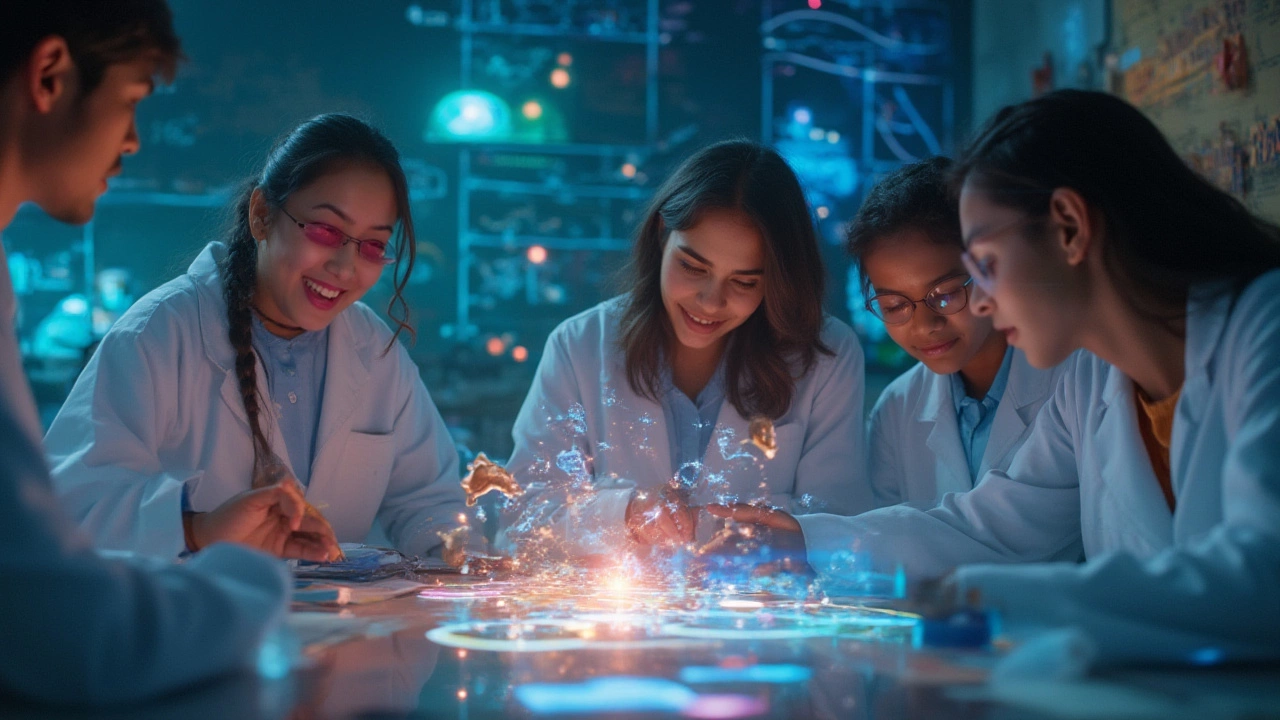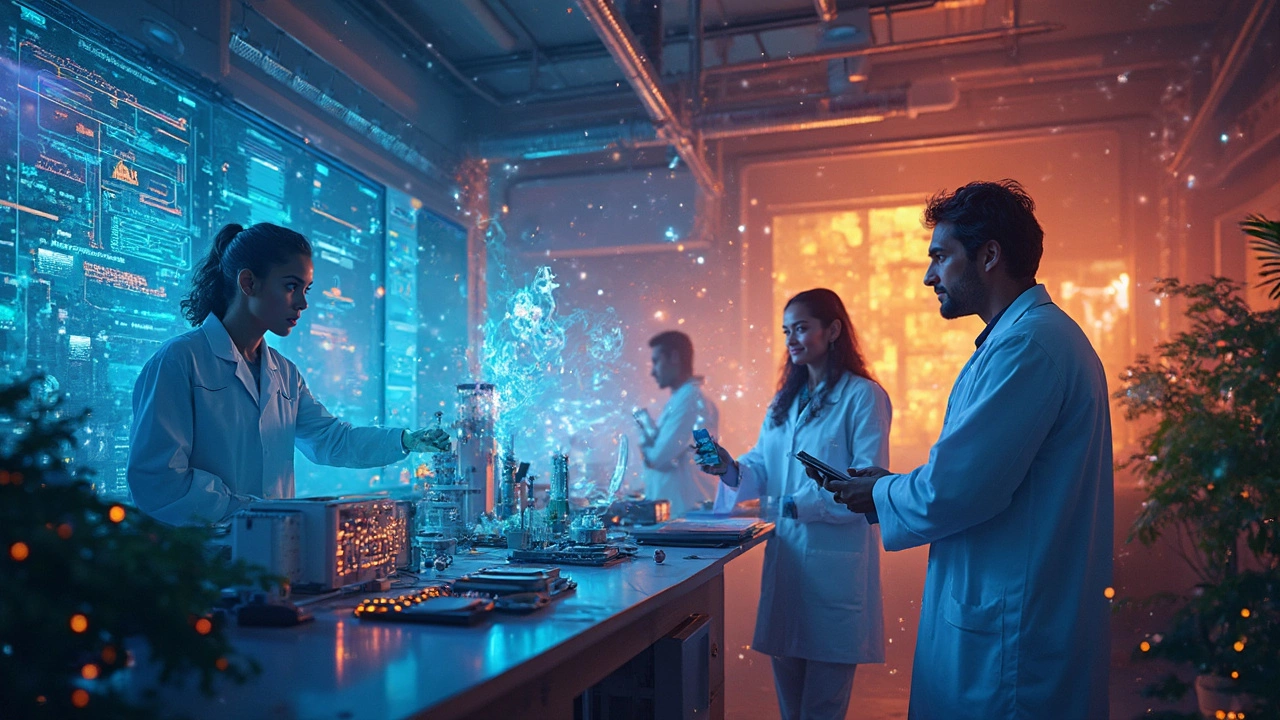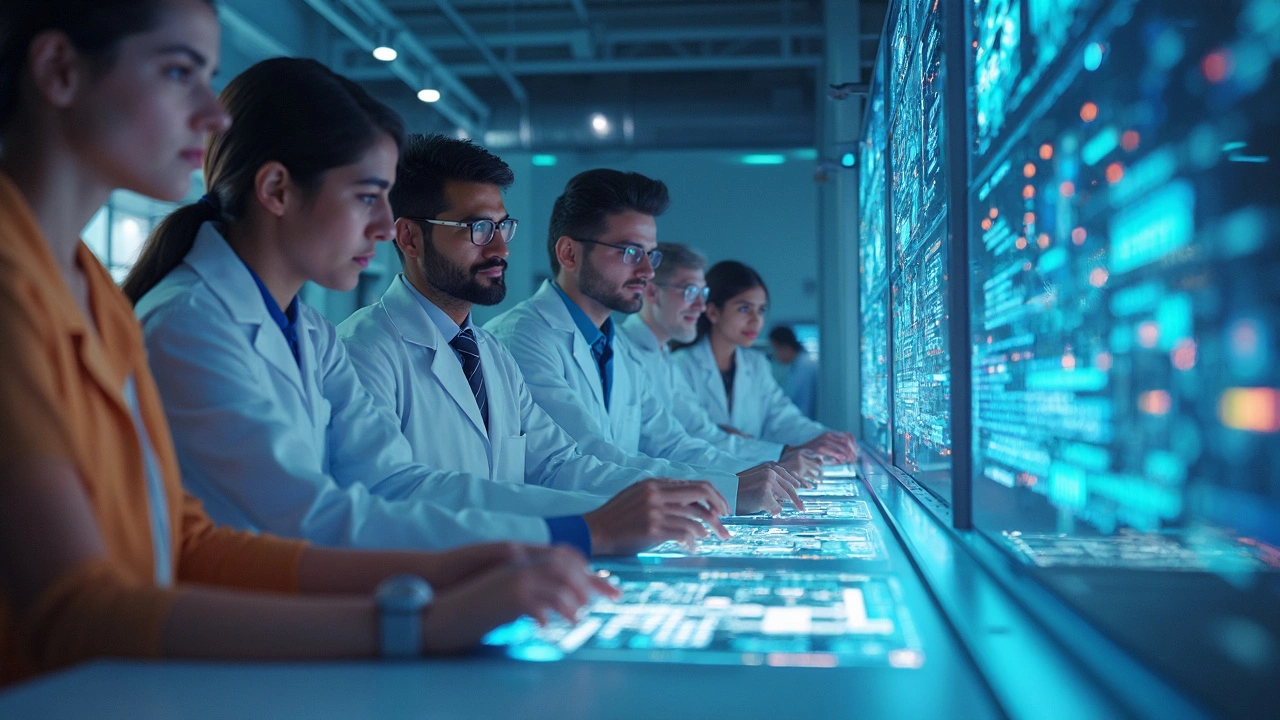Technology Transfer: How Indian Research Becomes Real-World Solutions
When a scientist in Bangalore invents a new way to purify water using cheap materials, or a team in Pune develops an AI tool to predict crop failures, that’s just the start. Technology transfer, the process of moving scientific discoveries from labs into public use. Also known as research commercialization, it’s what turns papers into products, patents into profits, and experiments into solutions that reach farmers, hospitals, and factories. Without it, breakthroughs stay locked in journals. With it, India’s science starts changing lives.
This isn’t magic—it’s a system. It needs people who understand both science and business. Universities work with startups. Government labs partner with manufacturers. Researchers team up with engineers who know how to scale. In India, this is happening fast. The innovation ecosystem, the network of institutions, policies, and people that support turning ideas into market-ready tech is growing. You see it in incubators at IITs, in state-funded tech parks, and in startups spun off from CSIR labs. But it still has gaps. Many inventions die because no one knows how to fund production, or because regulations slow things down. That’s why the best technology transfer doesn’t just happen in labs—it happens in meetings, in contracts, in pilot projects with real users.
What connects the posts below? They all show how science moves beyond the lab. You’ll find stories about how startup collaboration, when researchers and entrepreneurs work together to build products from scientific discoveries led to cheaper solar panels. You’ll see how public health programs used simple tech to stop disease spread. You’ll read about data scientists talking to nurses—not just crunching numbers, but shaping tools that actually work on the ground. These aren’t abstract ideas. They’re real examples of technology transfer in action: a vaccine developed in a lab, made affordable, distributed to villages, and saving lives. That’s the goal. And it’s happening here, right now.
What you’ll find below isn’t a list of definitions. It’s a collection of real cases—how clean energy became cheaper, how AI tools got built, how biotech breakthroughs reached patients. Each one shows a step in the journey from idea to impact. If you’ve ever wondered how science becomes something you can touch, use, or rely on, these posts are your roadmap.










